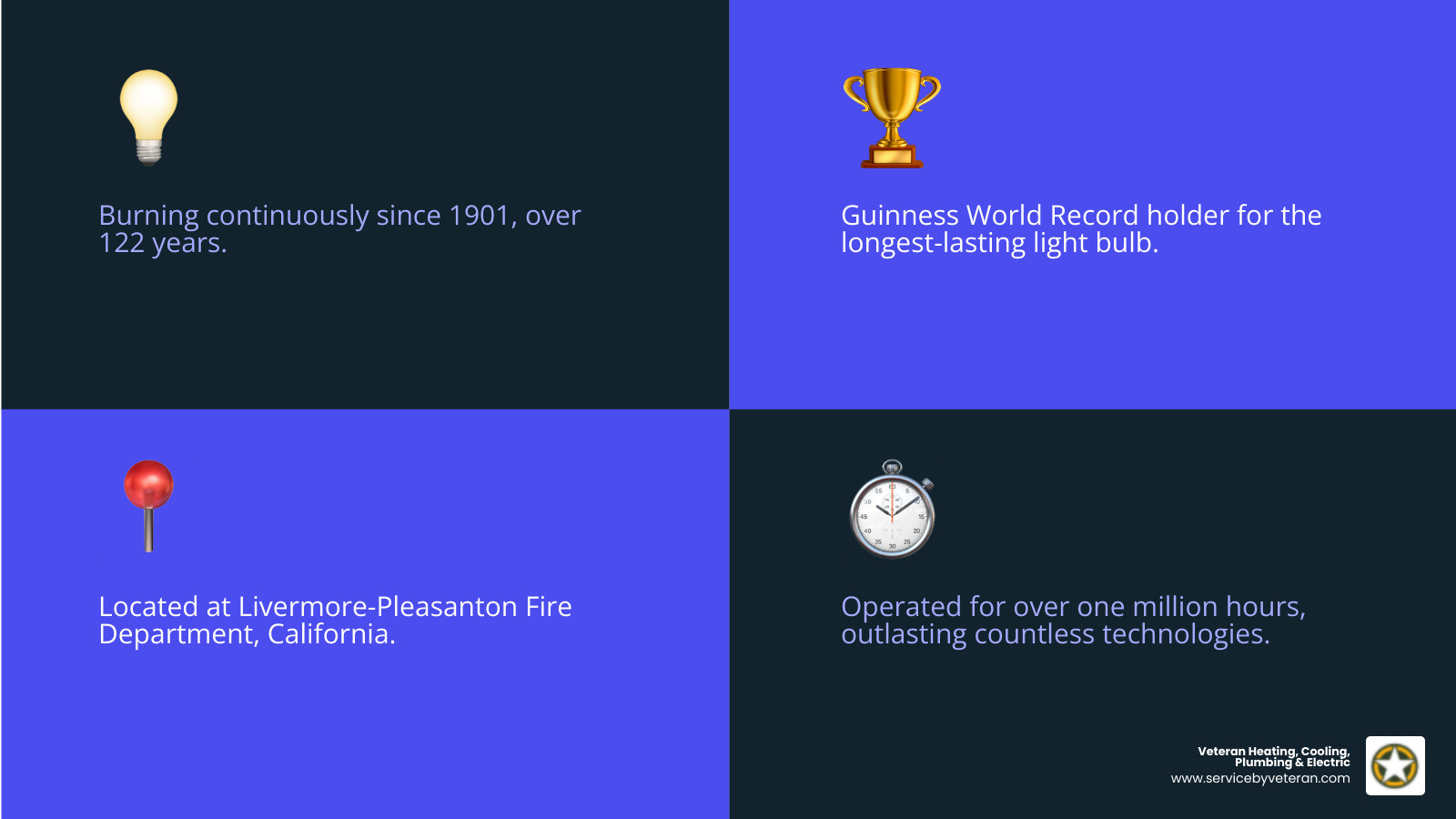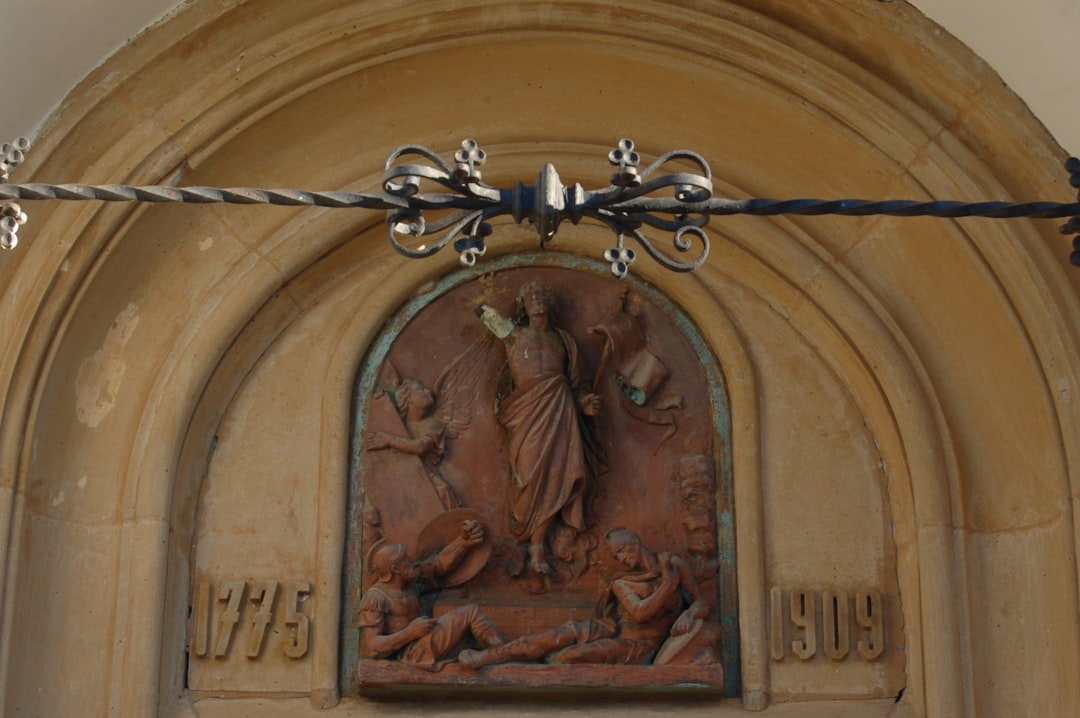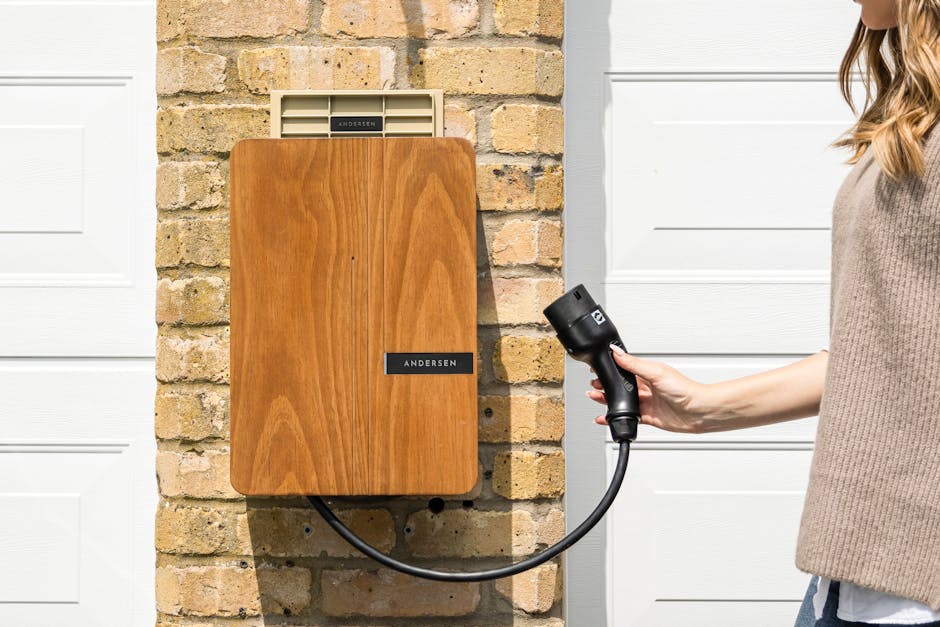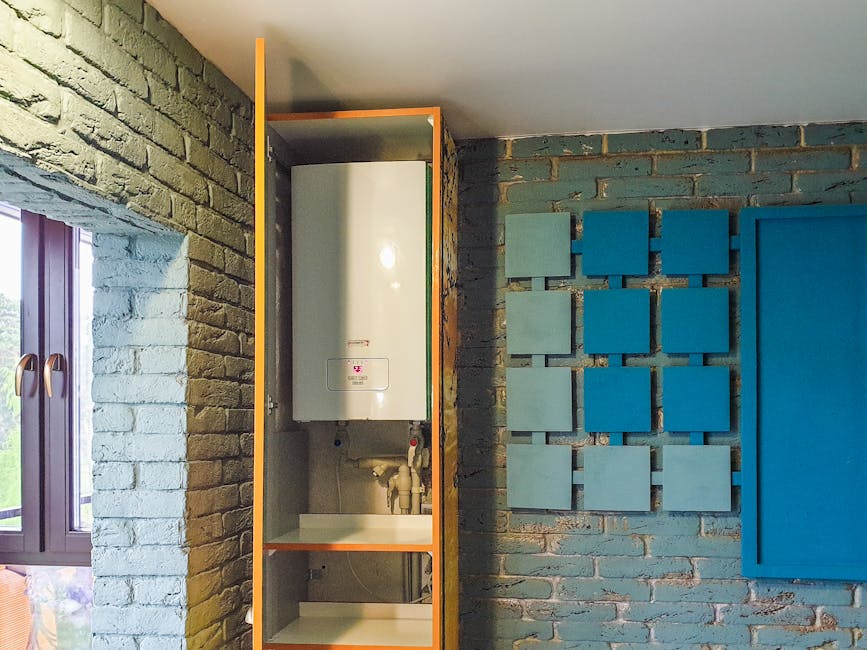Why the Electrical Lighting Centennial Matters
The electrical lighting centennial celebrates one of history's most remarkable engineering achievements: a single light bulb that has burned continuously since 1901. This famous bulb, known as the Centennial Light, has been recognized by The Guinness Book of World Records, Ripley's Believe It or Not!, and General Electric as the world's longest-lasting. While it glows in a California fire station, its story of incredible durability resonates with anyone who values quality craftsmanship.
Key Facts About the Centennial Light:
- Burning since: 1901 (over 122 years)
- Location: A fire station in Livermore, California
- Technology: Carbon-filament incandescent bulb
- Power: Approximately 4 watts (extremely dim)
- Recognition: Guinness World Records holder
This incredible bulb has outlasted multiple generations, world wars, and countless technological revolutions. While modern LED bulbs might last 25,000 hours, the Centennial Light has operated for over one million hours with only brief interruptions for power outages.
The bulb operates at a fraction of its designed voltage, which dramatically extends its lifespan but reduces its brightness to about that of a nightlight. It's not magic - it's physics. The thick carbon filament and low-stress operation create the perfect conditions for extreme longevity, though at the cost of efficiency and brightness.
I'm Mike Townsend, and as someone who managed precision cooling systems for heat-seeking missile heads during my eight years in the U.S. Army, I understand how proper engineering and maintenance can create systems that last decades. The electrical lighting centennial demonstrates the same principles of durability and reliability that we bring to every electrical service call for our neighbors here in the Denver area and across Colorado.

What is the Centennial Light Bulb?
Picture this: while your smartphone becomes "outdated" after a few years, there's a light bulb that's been faithfully doing its job since 1901. That's the Centennial Light bulb - not just any ordinary bulb, but a genuine piece of living history that continues to glow after more than 122 years.
This remarkable bulb was crafted by the Shelby Electric Company back in the 1890s, most likely around 1895. It's a carbon-filament incandescent bulb that was hand-blown using cutting-edge technology of its time. The genius behind its design was Adolphe A. Chaillet, a pioneering electrical engineer whose work created something truly extraordinary.

What makes this bulb so special isn't just its age - it's the incredible endurance and reliability it represents. This little light has earned recognition from The Guinness Book of World Records, Ripley's Believe It or Not!, and even General Electric. It's become both a symbol of durability and a popular tourist attraction that draws visitors from around the world.
The bulb has transformed from a simple lighting fixture into something much more meaningful - a testament to quality craftsmanship from an era when things were built to last. You can dive deeper into its fascinating story on More details on the Centennial Light.
Why is it so significant?
The electrical lighting centennial represents something we rarely see today: uninterrupted service spanning multiple generations. This bulb has witnessed two world wars, the invention of television, the moon landing, and the birth of the internet - all while quietly doing its job.
In our throwaway culture where devices break after a few years, this bulb stands as a challenge to modern manufacturing. It's a living piece of history that makes us question why products today don't seem to last like they used to. Its continuous operation proves that with the right design and care, things can be built for the long haul.
The bulb's significance goes beyond engineering - it's become a symbol of reliability and quality that resonates with people who value durability over disposability.
Where is the Centennial Light located?
You'll find this famous bulb hanging proudly in Fire Station 6 of the Livermore-Pleasanton Fire Department in Livermore, California. It glows softly above the fire engines, providing a dim but steady light that has become the station's most famous resident.
While it's a long way from Colorado, its story is accessible to everyone. The fire department maintains a "bulb-cam" live feed that lets people worldwide watch this incredible light in real-time. It's pretty amazing to think you can witness over a century of continuous operation from anywhere with an internet connection.
As a veteran-owned company serving communities from Denver to Fort Collins, we at Veteran Heating, Cooling, Plumbing & Electric are inspired by the dedication it takes to maintain such a unique piece of electrical history. It's a powerful reminder of why quality workmanship and proper maintenance matter so much in our own work.
The Science Behind Its Remarkable Longevity
When people first hear about the electrical lighting centennial, they often wonder if there's some magical secret behind this incredible bulb. As someone who worked with precision electronics in the military, I can tell you there's no magic here – just brilliant engineering and the perfect storm of conditions that create extraordinary longevity.
The science is actually quite straightforward once you understand the physics of longevity and the engineering trade-offs involved. This bulb's remarkable endurance comes down to operating under extremely low-stress conditions, which is the key to making almost any electrical component last decades longer than normal.

Technology and Design: Why It Lasts
The Centennial Light's incredible lifespan comes from several key design features working together perfectly. First, it has a thick carbon filament instead of the thin tungsten wires we see in modern bulbs. This carbon filament is much more robust and can handle minor vibrations and temperature changes without breaking.
But here's the real secret: low voltage operation. While the bulb was originally designed for 60 watts at full power, it's been running at a much lower voltage throughout its life. This dramatically reduces the operating temperature of the filament, and since heat is what kills incandescent bulbs, keeping things cool is everything.
Running at reduced power means the bulb only produces about 4 watts of light output – barely brighter than a nightlight. That might seem useless for actual lighting, but it's perfect for longevity. The filament stays cool and experiences minimal stress.
Another crucial factor is near-continuous operation. Most bulbs fail because of thermal shock from being turned on and off repeatedly. The heating and cooling cycle stresses the filament until it eventually snaps. The Centennial Light avoids this problem by staying on almost constantly, with only brief interruptions for power outages or the rare move to a new location.
Finally, the sealed vacuum inside the bulb has maintained its integrity for over 120 years, protecting the carbon filament from oxygen that would cause it to burn out quickly.
How It Compares to Modern Lighting
Comparing the Centennial Light to today's lighting is like comparing a vintage pocket watch to a smartphone – both tell time, but they're built for completely different purposes and performance standards.
The electrical lighting centennial represents the ultimate trade-off between longevity and practicality. It's lasted over a million hours, but it produces such dim light that you'd need dozens of them to read a book. Meanwhile, it's incredibly inefficient, converting most of its energy to heat rather than useful light.
Modern LED bulbs represent the sweet spot between durability and performance. They last 15,000 to 50,000 hours while producing bright, efficient light. They run cool, use minimal electricity, and provide the kind of illumination we actually need for daily life.
When you're ready to upgrade your home's lighting to modern, efficient solutions, our team specializes in lighting fixture installation. We'll help you choose fixtures that balance longevity, efficiency, and the perfect amount of light for your space.
The Legacy of the Centennial Light: An Electrical Lighting Centennial
The Centennial Light isn't just some old bulb gathering dust in a fire station. It's become something much more powerful - a symbol that makes us question everything about how we make and buy things today.

This little bulb has transcended its humble beginnings to become a cultural icon. It represents an era when craftsmen took pride in building things that would outlast them. Seeing that dim, unwavering glow reminds me of the precision work we did in the Army - building systems meant to perform flawlessly when lives depended on them.
The Centennial Light serves as a historical artifact that challenges our modern throwaway culture. It asks uncomfortable questions: Why don't we build things to last anymore? What happened to the idea that quality meant durability?
The Historical Context of an Electrical Lighting Centennial
Picture this: It's 1901, and most people are still lighting their homes with gas lamps and candles. The smell of burning gas, the constant worry about fires, the dim, flickering light - that was normal life. Then along came this technology called electric lighting.
The world was just beginning to accept electricity, and people were genuinely scared of it. They associated it with lightning strikes and electrocution. But then came the turn of the century innovation that changed everything.
The 1893 Chicago World's Fair was a game-changer. They called it the "White City" because it blazed with over 200,000 electric lights. For the first time, ordinary Americans could see that electricity wasn't dangerous magic - it was clean, bright, and safe. The fair proved that electric lighting could transform how we lived and worked.
Eight years later, at the Pan-American Exposition in 1901, the technology had advanced even further. Buffalo became a showcase for unprecedented electrical illumination, creating what visitors described as a "fairy-like effect." This was the world the Centennial Light was born into - a world where central power stations were sprouting up in cities, bringing this miracle of light to homes and businesses.
The electrical lighting centennial represents more than just one bulb's birthday. It marks over a century of continuous service from a technology that fundamentally changed human civilization.
A Guide in the Planned Obsolescence Debate
Here's where things get interesting - and a little frustrating. The Centennial Light has become the poster child in debates about planned obsolescence, the practice of deliberately designing products to fail after a certain time.
The most notorious example was the Phoebus cartel of 1925. Major manufacturers allegedly conspired to limit bulb life to around 1000 hours. Why? Simple economics. If bulbs lasted forever, they'd only sell them once.
But the Centennial Light proves it was possible to make bulbs that lasted virtually forever. So why didn't they? The answer reveals the complex trade-offs between durability, performance, and cost. A bulb designed to last 100 years would be incredibly dim and waste enormous amounts of electricity. The profit models favored selling bright, efficient bulbs that needed replacement over dim, eternal ones.
This sparks important questions about consumerism versus durability. Should we demand products that last decades, even if they cost more upfront? The debate extends far beyond light bulbs to everything from smartphones to appliances.
At Veteran Heating, Cooling, Plumbing & Electric, we believe in finding the sweet spot between durability and performance. That's why we offer comprehensive maintenance plans that focus on long-term reliability rather than quick fixes. We'd rather prevent problems than profit from repeated failures.
The repairability aspect matters too. The Centennial Light has survived because it's been carefully protected and maintained. Modern systems need the same thoughtful care to reach their full potential lifespan.
Frequently Asked Questions about the Centennial Light
How has the Centennial Light been maintained?
The incredible survival of the electrical lighting centennial bulb isn't just luck - it's the result of thoughtful care and protection spanning over 120 years. Its caretakers at the fire department understand they're not just housing a light bulb; they're the guardians of a piece of history.
The bulb has its own dedicated power source, which provides the stable, consistent electricity it needs to keep glowing. Think of it like having a personal electrical butler - always there, always reliable. But the real game-changer came in the 1970s when they installed an Uninterrupted Power Supply (UPS) system. This backup power system acts like a protective shield, keeping the bulb safe from power outages and dangerous voltage spikes that could instantly end its century-long run.
Perhaps most importantly, the bulb has enjoyed minimal handling and moves throughout its lifetime. It's only been relocated a handful of times, and each move was treated with the care you'd give a priceless artifact. The switch that controls it is carefully protected to prevent any accidental shutdowns - imagine being the person who accidentally turned off a 122-year-old light bulb!
The fire department takes their role as custodians seriously. They know this little bulb represents something much bigger than itself, and their dedication to its care has allowed this remarkable piece of electrical lighting centennial history to continue its extraordinary glow.
Why don't all light bulbs last this long?
This is probably the question we get asked most often, and I completely understand the curiosity! The answer comes down to one simple concept: it's all about trade-offs.
The Centennial Light's amazing longevity comes with some pretty significant compromises. This bulb operates at extremely low voltage, making it about as bright as a dim nightlight - roughly 4 watts of light output. It's so dim that you'd need dozens of them just to read a book comfortably.
Standard bulbs are designed as a careful compromise between lifespan, brightness, and energy efficiency. Most of us want lights that actually illuminate our homes without making our electricity bills skyrocket. If manufacturers made all incandescent bulbs to last 100+ years like the Centennial Light, they would be practically useless for everyday lighting.
Here's the real kicker: a bulb designed for century-long life would cost you far more in electricity than you'd ever save on replacement bulbs. Imagine running an extremely inefficient light for decades - the energy costs would be astronomical compared to simply replacing a brighter, more efficient bulb every few years.
Modern lighting technology, especially LEDs, gives us the best of all worlds: decent lifespan, excellent brightness, and impressive energy efficiency. It's like comparing a horse and buggy to a modern car - both will get you places, but one does it much better for everyday use.
Will the Centennial Light ever burn out?
Theoretically, yes - even this incredible bulb can't defy the laws of physics forever. The carbon filament inside is still slowly degrading, atom by atom, and eventually it will reach its breaking point. But here's the fascinating part: its low-stress operation makes predicting when this will happen completely impossible.
The bulb operates on such a different timeline from regular light bulbs that it's like trying to compare dog years to human years. It has already outlived all its creators and original caretakers, becoming something far beyond what anyone ever imagined when it was first screwed into that socket in 1901.
When it does finally burn out - whether that's next year or in another century - it will mark the end of an extraordinary era. But even then, its legacy will continue. This little bulb has taught us about durability, quality craftsmanship, and the power of proper maintenance.
Until that day comes, it continues to glow steadily in its fire station home, a testament to what's possible when engineering meets dedication. And just as its caretakers maintain their historic bulb, we at Veteran Heating, Cooling, Plumbing & Electric believe in providing electrical services built to last for generations to come for our customers in Colorado.
A Lasting Symbol of Reliability
The electrical lighting centennial story of the Centennial Light bulb is nothing short of extraordinary. For over 122 years, this humble carbon-filament bulb has glowed steadily in a firehouse, becoming far more than just a source of light - it's become a guide of what's possible when quality engineering meets thoughtful operation.
This remarkable bulb stands as a testament to early 20th-century craftsmanship, proving that with the right design principles and careful maintenance, electrical components can achieve levels of durability that seem almost impossible by today's standards. While modern technology has given us brighter, more efficient lighting solutions, the Centennial Light reminds us that longevity and reliability were once the hallmarks of American manufacturing.
The bulb's story challenges our modern relationship with the things we buy and use. When we've grown accustomed to replacing our devices every few years, this little light has outlasted entire generations of technology. It's witnessed the rise of radio, television, computers, and the internet - all while maintaining its steady, warm glow.
As someone who spent eight years maintaining precision military equipment, I deeply appreciate the engineering principles that have kept this bulb burning for over a century. The same attention to quality, reliability, and proper maintenance that has preserved the Centennial Light guides everything we do at Veteran Heating, Cooling, Plumbing & Electric.
Just as the firefighters who care for this famous bulb have tended to it so carefully, we're committed to providing the kind of thoughtful, professional service that keeps your home's systems running smoothly for years to come.
The Centennial Light may be irreplaceable, but the values it represents - durability, reliability, and honest craftsmanship - are very much alive in our work. We're here to bring that same commitment to lasting quality to your home in Denver, Lakewood, Littleton, Centennial, and throughout our service areas. Explore Our Services and find how our veteran-led team can help make your home systems as dependable as this legendary bulb.



